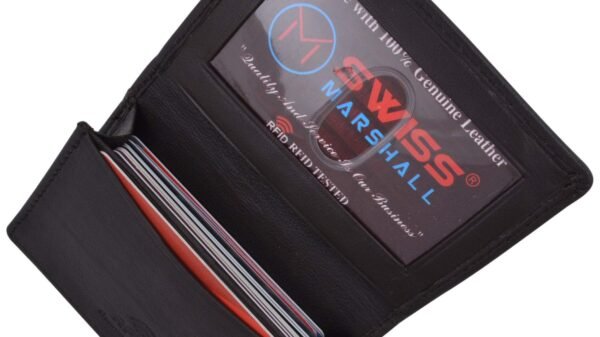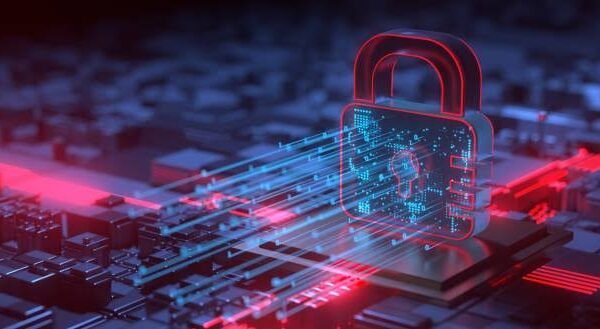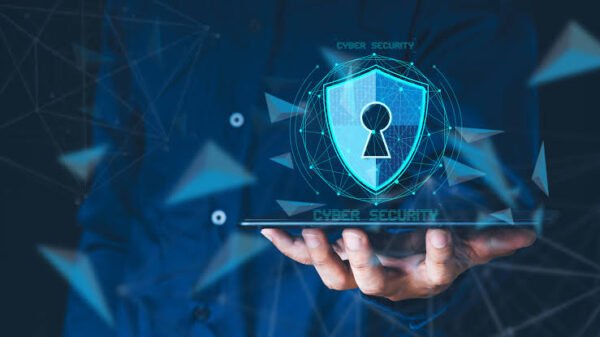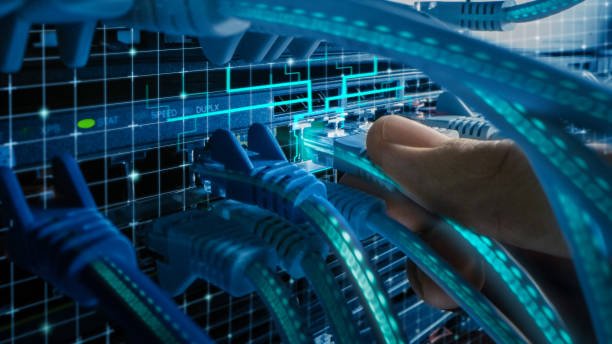People are becoming more aware of their energy consumption and are beginning to demand more intelligent and higher-power IoT devices. But, with this increased demand comes the challenge of efficiently powering these devices while still maintaining safety standards. So, how can we ensure that these devices are powered safely while also meeting our energy needs? One solution is to use Power over Ethernet (PoE) technology, which helps to provide power to any device that is connected to an Ethernet network. In this article, we will explore the advantages of using PoE for powering high-power IoT devices and why it appears to be the preferred solution for many applications.
What is Power over Ethernet (PoE)?
The Power over Ethernet standard was developed to allow networked devices to be powered by the same cable that carries data. This eliminates the need for a separate power source or power cords, which simplifies installation and reduces costs. PoE can also provide a higher level of power than what is available from a USB port, making it ideal for IoT devices that require more power.
How does PoE work?
Power over Ethernet or PoE describes any of several standard or ad-hoc systems which pass electric power along with data on twisted pair Ethernet cabling. This allows a single cable to provide both data connection and electric power to devices such as wireless access points, IP cameras, and VoIP phones. There are several common techniques for transmitting power over Ethernet cabling. These include:
- Mid-span injection – Power is injected into the cable from a device in the middle of the link, between the switch and the powered device. This technique is used by some commercial products, but requires special network hardware at both ends of the link.
- End-span injection – Power is injected into the cable from a device at one end of the link, typically a network switch. This is the most common method used in PoE implementations.
- Splitting – The IEEE 802.3af standard uses two pairs of wires for data transmission (TX+/TX- and RX+/RX-). Power over Ethernet devices can split these pairs to tap into both signal lines and draw power from them.
The benefits of using PoE for IoT devices
As the world of IoT devices continues to expand, so does the need for a reliable and efficient power solution. PoE (Power over Ethernet) appears to be the preferred solution for many IoT devices, due to its many benefits.
Some of the benefits of using PoE for IoT devices include:
- Reduced installation costs: PoE eliminates the need for costly AC wiring, as power is delivered through the existing Ethernet cable. This can result in significant cost savings during installation.
- Increased flexibility: PoE provides greater flexibility when it comes to placement of IoT devices, as there is no need to worry about finding a nearby power outlet. Devices can be placed anywhere there is an Ethernet connection.
- Scalability: As more and more IoT devices are deployed, the PoE infrastructure can easily be expanded to support additional devices without major rewiring costs.
- Improved reliability: Power outages are no longer a concern with PoE, as backup power supplies can keep devices running even if there is a loss of AC power. In addition,PoE can help protect against voltage surges that could damage sensitive electronic components.
The future of PoE
As the world becomes more connected, the demand for power over Ethernet (PoE) solutions will continue to grow. PoE is a technology that enables devices to receive power and data over a single Ethernet cable. This makes it an ideal solution for powering IoT devices, which are often located in hard-to-reach places or in difficult environments.
There are several factors that suggest PoE will continue to be the preferred solution for powering IoT devices. First, PoE offers a high degree of flexibility and scalability. It can be used to power anything from small sensors to large video displays. Second, PoE is becoming increasingly cost-effective as the technology matures and more manufacturers offer PoE-enabled products. Finally, PoE is becoming more energy-efficient, which is important for battery-powered IoT devices.
In the future, we can expect to see even more applications for PoE technology. For example, PoE could be used to provide power to autonomous vehicles or drones. It could also be used to create smarter buildings by powering sensors and other connected devices. Whatever the future holds, it’s clear that PoE will play a major role in powering the IoT revolution.




























































